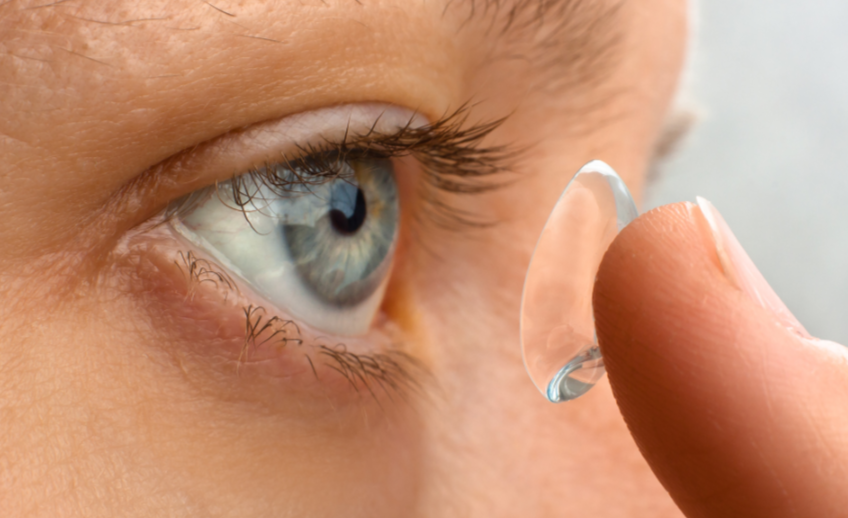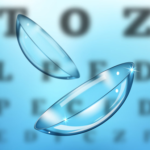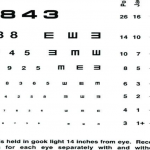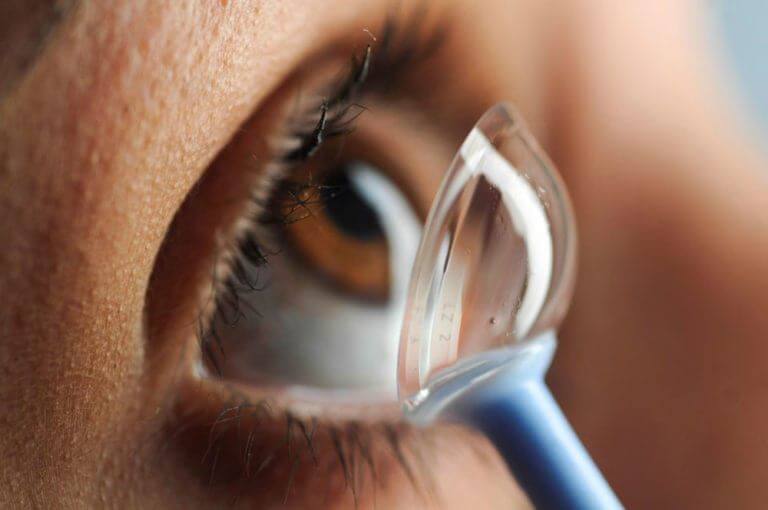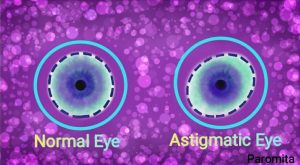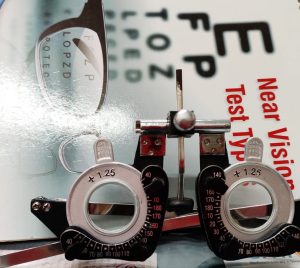Introduction
In today’s world, vision correction has become an essential part of pediatric eye care. As the number of children diagnosed with refractive errors like myopia (nearsightedness) continues to rise, parents are increasingly exploring alternatives to traditional eyeglasses. Among these, contact lenses have emerged as a popular and effective solution—not only for visual clarity but also for lifestyle benefits, particularly for active children. However, unlike glasses, contact lenses require a higher level of responsibility, proper hygiene, and regular follow-up care.
This article aims to provide a clear, professional, and practical guide for parents and caregivers considering contact lenses for their children. By understanding the risks, benefits, and best practices involved, families can make informed decisions that promote both eye health and visual freedom for their kids.
1. Age Isn’t Everything — Maturity Matters More
There’s no strict minimum age for contact lens wear, but eye care professionals typically evaluate a child’s emotional and behavioral maturity rather than just their chronological age. Some children as young as 8 years old have successfully worn lenses, while others may not be ready at 13. A child must be able to follow hygiene rules, handle lenses safely, and take responsibility for their care.
Parents should honestly assess whether their child:
Washes hands regularly without being reminded.
Follows instructions carefully.
Understands the risks of poor lens hygiene.
2. Start with a Professional Fitting and Evaluation
The process should always begin with a visit to a qualified eye care professional (optometrist or ophthalmologist). A comprehensive eye exam will help determine:
Whether the child is a good candidate for contact lenses.
The correct lens type and prescription.
Any pre-existing conditions like dry eyes, allergies, or corneal shape irregularities.
Professionals will also explain the risks and train both the child and parent on lens insertion, removal, and care.
3. Choosing the Right Type of Lens
There are several types of contact lenses available, but not all are suitable for children. The two most recommended types are:
– Daily Disposable Lenses: These are used once and thrown away at the end of the day. They’re the most hygienic option and reduce the risk of
infection. Great for young children or beginners.
– Soft Monthly/Two-Week Lenses: These require daily cleaning and proper storage, which might be more suited for older or more responsible children.
– Rigid gas permeable (RGP) lenses or orthokeratology (Ortho-K) lenses may also be prescribed in special cases, such as for controlling myopia
progression. However, these require more discipline and follow-up care.
4. Hygiene Is the Cornerstone
Improper lens care is the leading cause of eye infections and complications among children. Teaching proper hygiene habits is essential, and children should never:
– Sleep in lenses not designed for overnight wear.
-Share lenses with anyone else.
– Use saliva or tap water to clean or store lenses.
– Rub eyes while wearing lenses with dirty hands.
Parents should supervise young children during lens handling, at least in the early stages, ensuring these hygiene standards are followed consistently.
5. Education for Both Parents and Children
Contact lenses aren’t just a one-time fitting. Both the child and their caregivers should receive thorough education about:
The do’s and don’ts of contact lens wear.
-Signs of eye irritation or infection (e.g., redness, pain, blurry vision).
When to stop wearing lenses and seek medical advice.
Eye care professionals often provide printed or digital instructions, but a hands-on demonstration during the first visit is often the most effective way to teach proper techniques.
6. Watch for Red Flags
Children might not always express discomfort clearly, or they may try to “tough it out” if they fear losing their contact lens privileges. Parents and teachers should watch for warning signs, such as:
-Constant rubbing of the eyes
-Squinting or blinking excessively
-Complaints of dry or painful eyes
-Avoiding wearing lenses altogether
-Early detection of issues can prevent more serious complications down the line.
7. Follow-Up Appointments Are Crucial
After the initial fitting, follow-up visits are necessary to ensure the lenses are fitting well, the eyes remain healthy, and the prescription is still accurate.
Most professionals recommend check-ups:
-A week after lens fitting
Then after 1–3 months
And at least every 6 months thereafter This also gives professionals a chance to reinforce proper habits and make any adjustments needed.
8. Benefits of Contact Lenses for Children
When used responsibly, contact lenses offer numerous advantages for children:
-Improved self-esteem: Many children feel more confident without glasses.
-Better field of vision: Especially useful for sports and physical activities.
-No fogging or slipping: Unlike glasses, lenses stay in place during play.
-Myopia control: Special contact lenses like Ortho-K or multifocal lenses may slow down the progression of nearsightedness.
However, these benefits can only be realized when lenses are worn and cared for correctly.
9. When Contact Lenses Might Not Be Appropriate
Despite the benefits, not every child is a good candidate for contact lenses. Avoid or delay lens use if:
The child resists wearing or cleaning the lenses.
There’s a history of frequent eye infections or allergies.
The child engages in rough play that increases the risk of lens displacement or injury.
Parents cannot supervise lens care.
Sometimes, it’s better to wait a few months and re-evaluate rather than force the issue too soon.
10. Establishing a Routine
-Success with contact lenses largely depends on creating a consistent daily routine. Professionals suggest:
-Putting lenses in at the same time each morning.
-Removing them before bed (unless they are approved for overnight wear).
-Storing lenses properly and replacing the case every 1–3 months.
-Using only recommended solutions.
-Routines build good habits, which reduce risks and improve long-term success with contact lens use.


